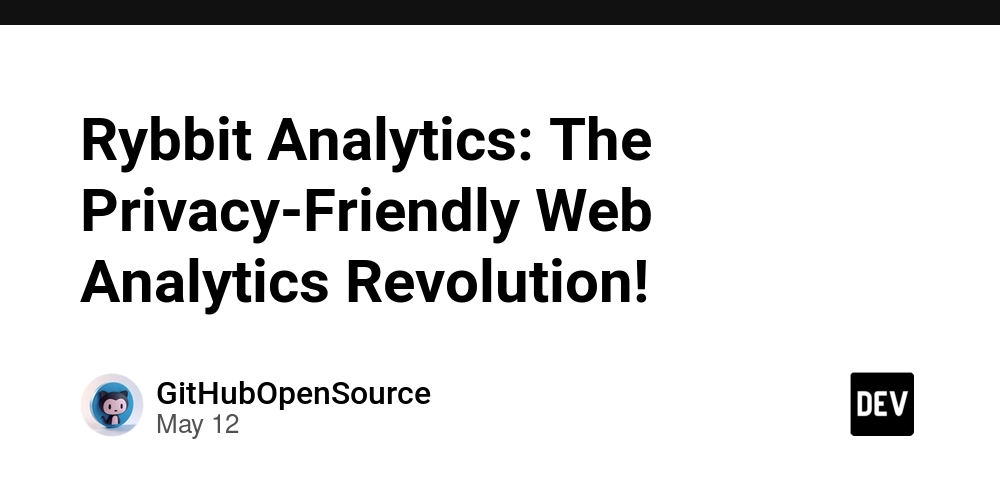Unveiling GNU Free Documentation License 1.1: In-Depth Exploration and Future Outlook
Abstract: This post provides a comprehensive look at the GNU Free Documentation License 1.1 (GFDL 1.1) by exploring its history, background, core features, applications, challenges, and future outlook. We discuss how the license protects open documentation, fosters community collaboration, and supports dual licensing models while addressing compatibility issues. With practical examples, tables, bullet lists, and technical insights, this article serves as a definitive resource for developers and open source enthusiasts. For an original article summary on this topic, please refer to the Original Article. Introduction Open source documentation is as important as open source software. The GNU Free Documentation License 1.1 (GFDL 1.1) stands as a cornerstone in ensuring that documentation remains free, modifiable, and accessible to everyone. This post delves into the nuances of GFDL 1.1—from its origins at the Free Software Foundation to its current role in protecting developer contributions and ensuring legal robustness in documentation. Our discussion targets technical experts, developers, and anyone interested in the realm of open source and fair code licenses. Keywords: GNU FDL, open source documentation, copyleft, fair code licenses, dual licensing, developer compensation, open source innovation. Background and Context History and Definitions Developed by the Free Software Foundation (FSF), the GNU Free Documentation License was originally introduced as a companion to free software licenses like the GNU General Public License (GPL). The aim was to guarantee that user manuals, technical guides, and educational materials could be freely copied, modified, and redistributed. Key historical facts include: Origins: Introduced in the 1990s to extend the free software philosophy to documentation. Purpose: Ensure that derivative works (modified documentation) always credit original authors and remain under the same license. Community Impact: Adopted by projects like the Apache HTTP Server and several Linux distributions, it revolutionized the way documentation was shared and updated. For further context on open source licenses, visit the Free Software Foundation website and explore comparative insights at OSI Licenses. Ecosystem Context Within the open source ecosystem, documentation licenses are essential. They enable developers to understand, reuse, and build upon existing works while ensuring fair credit is given and community values are preserved. The GNU FDL 1.1 is part of a broader discussion on open source and fair code licensing, where the balance of openness, compatibility with other licenses, and potential dual licensing models are debated extensively. Related Reading: For related insights on licensing comparisons, check out the discussion about license-token revolutionizing OSS license distribution. Core Concepts and Features The GNU FDL 1.1 revolves around several key principles which make it distinctive among open source licenses: Copyleft and Attribution Copyleft Assurance: GFDL 1.1 ensures that any derivative work remains licensed under the same terms. This acts as a safeguard against privatization of community-driven content. Attribution Requirements: All users and redistributors must acknowledge the original contributors in modified versions. This protects the intellectual credit of the creators. Legal Robustness The license includes thoroughly vetted legal language designed to protect modifications and redistribution. Although its strict clauses sometimes limit compatibility with more permissive licenses, its legal fortitude ensures a high degree of protection for contributors and their intellectual property. Dual Licensing Considerations While dual licensing provides projects with commercial flexibility, expressing freedom in exchanging derivative works can be legally complex with GNU FDL 1.1. This creates the following dynamics: Free and Commercial Versions: Some projects attempt to offer both a free version and a commercial variant. However, strict copyleft provisions mandate that any modified documentation remains under GFDL 1.1, complicating such efforts. Legal Complexity: Managing dual licensing requires rigorous oversight and may deter commercial investment. This discussion is echoed in many industry forums, such as those on Stack Overflow Q&A. Table of Key Features and Comparisons Feature GNU FDL 1.1 GNU GPL v3 Apache License 2.0 MIT License Copy-left Enforcement Strict - all derivatives remain free Strict Permissive Highly permissive Attribution Requirement Mandatory Mandatory Mandatory with notices Minimal Dual Licensing Potential Legal complexity restricts dual licensing Generally not dual licensed Easily supports dual licensing Limited dual licensing Legal Robustness Highly robust for documentation Very robust for software Moderately flexibl

Abstract:
This post provides a comprehensive look at the GNU Free Documentation License 1.1 (GFDL 1.1) by exploring its history, background, core features, applications, challenges, and future outlook. We discuss how the license protects open documentation, fosters community collaboration, and supports dual licensing models while addressing compatibility issues. With practical examples, tables, bullet lists, and technical insights, this article serves as a definitive resource for developers and open source enthusiasts. For an original article summary on this topic, please refer to the Original Article.
Introduction
Open source documentation is as important as open source software. The GNU Free Documentation License 1.1 (GFDL 1.1) stands as a cornerstone in ensuring that documentation remains free, modifiable, and accessible to everyone. This post delves into the nuances of GFDL 1.1—from its origins at the Free Software Foundation to its current role in protecting developer contributions and ensuring legal robustness in documentation. Our discussion targets technical experts, developers, and anyone interested in the realm of open source and fair code licenses.
Keywords: GNU FDL, open source documentation, copyleft, fair code licenses, dual licensing, developer compensation, open source innovation.
Background and Context
History and Definitions
Developed by the Free Software Foundation (FSF), the GNU Free Documentation License was originally introduced as a companion to free software licenses like the GNU General Public License (GPL). The aim was to guarantee that user manuals, technical guides, and educational materials could be freely copied, modified, and redistributed.
Key historical facts include:
- Origins: Introduced in the 1990s to extend the free software philosophy to documentation.
- Purpose: Ensure that derivative works (modified documentation) always credit original authors and remain under the same license.
- Community Impact: Adopted by projects like the Apache HTTP Server and several Linux distributions, it revolutionized the way documentation was shared and updated.
For further context on open source licenses, visit the Free Software Foundation website and explore comparative insights at OSI Licenses.
Ecosystem Context
Within the open source ecosystem, documentation licenses are essential. They enable developers to understand, reuse, and build upon existing works while ensuring fair credit is given and community values are preserved. The GNU FDL 1.1 is part of a broader discussion on open source and fair code licensing, where the balance of openness, compatibility with other licenses, and potential dual licensing models are debated extensively.
Related Reading:
- For related insights on licensing comparisons, check out the discussion about license-token revolutionizing OSS license distribution.
Core Concepts and Features
The GNU FDL 1.1 revolves around several key principles which make it distinctive among open source licenses:
Copyleft and Attribution
Copyleft Assurance:
GFDL 1.1 ensures that any derivative work remains licensed under the same terms. This acts as a safeguard against privatization of community-driven content.Attribution Requirements:
All users and redistributors must acknowledge the original contributors in modified versions. This protects the intellectual credit of the creators.
Legal Robustness
The license includes thoroughly vetted legal language designed to protect modifications and redistribution. Although its strict clauses sometimes limit compatibility with more permissive licenses, its legal fortitude ensures a high degree of protection for contributors and their intellectual property.
Dual Licensing Considerations
While dual licensing provides projects with commercial flexibility, expressing freedom in exchanging derivative works can be legally complex with GNU FDL 1.1. This creates the following dynamics:
Free and Commercial Versions:
Some projects attempt to offer both a free version and a commercial variant. However, strict copyleft provisions mandate that any modified documentation remains under GFDL 1.1, complicating such efforts.Legal Complexity:
Managing dual licensing requires rigorous oversight and may deter commercial investment. This discussion is echoed in many industry forums, such as those on Stack Overflow Q&A.
Table of Key Features and Comparisons
| Feature | GNU FDL 1.1 | GNU GPL v3 | Apache License 2.0 | MIT License |
|---|---|---|---|---|
| Copy-left Enforcement | Strict - all derivatives remain free | Strict | Permissive | Highly permissive |
| Attribution Requirement | Mandatory | Mandatory | Mandatory with notices | Minimal |
| Dual Licensing Potential | Legal complexity restricts dual licensing | Generally not dual licensed | Easily supports dual licensing | Limited dual licensing |
| Legal Robustness | Highly robust for documentation | Very robust for software | Moderately flexible | Simpler, minimal restrictions |
| Developer Compensation | Relies on donations/support (no direct royalties) | Community-driven support | Commercial friendly | Mainly voluntary contributions |
Note: The above table compares common license features to highlight GNU FDL 1.1’s strict approach. For more details on open source licenses, refer to resources from opensource.org/licenses.
Applications and Use Cases
GNU FDL 1.1 is designed with a focus on documentation, yet its influence extends across multiple domains. Here are a few practical examples:
Example 1: Academic and Technical Documentation
Universities and research projects have widely adopted GNU FDL 1.1 to distribute textbooks, research papers, and technical manuals. These projects benefit from:
- Modifiable Content: Ensuring that educators and researchers constantly update and improve the documentation.
- Attribution Integrity: Guaranteeing that original contributions are recognized in derivative works.
Example 2: Open Source Project Manuals
In the Linux community, many projects use GNU FDL 1.1 alongside software licenses like GNU GPL v3. For instance:
User Manuals & Technical Guides:
Software projects use the license to maintain consistency in documentation across different versions, ensuring that user guides remain free and accessible.Community Collaboration:
Open source projects benefit from the license’s protection of attribution, which encourages wide collaboration without fear of proprietary lock-in.
Example 3: Hybrid Licensing Discussions
Some initiatives explore the potential of dual licensing models where documentation is offered under GNU FDL 1.1 for community editing, while a commercial version might be available under a different license to generate revenue. Although the legal complexities are high, this approach is an active topic in funding discussions on platforms like license-token.
Further Insights:
- For discussions on bridging open source funding, see the post on license-token enhancing open source project visibility.
- For technical perspectives on dual licensing challenges, read relevant articles on arbitrum and open source license compatibility.
Challenges and Limitations
Despite its benefits, GNU FDL 1.1 is not without challenges:
Compatibility Issues
- License Integration: One of the major issues is its incompatibility with more permissive licenses, such as the MIT License or Apache License 2.0. Projects that wish to merge content from different licensing domains may face legal fragmentation.
Enforcement Challenges
Attribution Ambiguity:
Enforcement can be complicated when multiple contributors are involved, and when modifications are not transparently documented.Corporate Exploitation:
Some critics argue that the strict copyleft allows commercial entities to use the content without adequately compensating the original developers. For discussions on this topic, check out forums on Hacker News.
Legal Complexity in Dual Licensing
- Management Overhead: The legal intricacies in administering dual licensing for documentation create overhead, which may deter smaller projects and startups from exploring alternative funding models.
Risk of Unverified Contributions
Without robust Contributor License Agreements (CLAs), projects risk facing potential legal disputes or misattribution, especially when anonymous developers contribute modifications. This has been a topic on both Stack Overflow Q&A and in open source funding discussions.
Bullet List of Key Challenges:
- Incompatibility with Permissive Licenses: Limits hybrid usage.
- Enforcement Burdens: Challenges in managing attribution and modifications.
- Dual Licensing Complexity: Legal overhead for commercial flexibility.
- Contribution Risks: Ambiguities with anonymous contributions and absence of CLAs.
Future Outlook and Innovations
The future of GNU FDL 1.1 and documentation licensing is closely tied to evolving technology trends and the global open source ecosystem. Here are some key predictions and innovations on the horizon:
Embracing Modern Technologies
Blockchain Integration:
Future innovations may involve integrating blockchain solutions for tracking modifications and ensuring proper attribution. Platforms like OCTL are experimenting with blockchain-based compensation, addressing some of the fairness issues inherent in strict copyleft licenses.Decentralized Verification:
Emerging decentralized systems can enforce CLAs and verify contributions with less ambiguity, potentially reducing legal overhead and ensuring clearer audit trails.
Enhancing Developer Fairness
Innovative Funding Models:
The debate around fair code licensing and monetary compensation is spurring new models for developer funding. Token-based rewards and donation platforms are likely to supplement the GNU FDL 1.1 model, offering more direct compensation to creators.Hybrid Legal Frameworks:
A merging of traditional copyleft with modern open source funding mechanisms may lead to hybrid frameworks that ensure long-term sustainability without sacrificing openness.
Policy and Community Governance
Community-Driven Policy Revisions:
Many in the open source community advocate for revisiting and updating the GNU FDL to better align with current digital practices. As new legal challenges arise, community governance and coordinated policy reforms may drive necessary updates.Greater Compatibility Efforts:
Research is ongoing on how to bridge GNU FDL with permissive licenses without compromising the core principles of free documentation. Future treaties and legal frameworks may simplify dual licensing, making it more attractive for commercial use.
Dev.to Perspectives:
- Check out Exploring Gitcoin Kudos for Open Source Funding Strategies for insights into new developer funding models integrated with open source licensing models.
- For another deep dive into open source licensing impacts, see Elon Musk’s Take on the Mutant Ape Yacht Club.
Anticipated Trends
- Wider Adoption in Emerging Markets: As global developers look for ways to ensure fair compensation, models like GNU FDL 1.1 may see renewed interest in regions with a vibrant open source ecosystem.
- Integration with Digital Identity: Future licensing models could leverage decentralized identity verification for contributors, ensuring transparency and reducing legal disputes.
- Sustainability Through Tokenization: By incorporating tokenized rewards, projects may better sustain free documentation projects while offering a modern compensation model. For more on this innovative approach, look at License Token Empowering Open Source Creators.
Summary
The GNU Free Documentation License 1.1 is a pioneering legal instrument in the realm of open source documentation. Its emphasis on copyleft, attribution, and legal robustness has made it a trusted guardian of free educational and technical content for decades. However, its strict clauses also present challenges in terms of license compatibility and dual licensing complexities.
Key points from this exploration include:
- Historical Significance: Developed by the FSF to extend free software ideals to documentation.
- Core Features: Emphasis on preserving free derivatives and mandatory attribution.
- Practical Applications: Adoption in academic, technical, and open source project documentation.
- Challenges: Incompatibility with permissive licenses, enforcement ambiguities, and complexity in managing dual licensing.
- Future Prospects: Embracing blockchain verification, advanced funding models, and community-driven legal reforms may help GNU FDL 1.1 evolve to meet modern requirements.
For those seeking deeper insight, the Original Article provides additional context and historical data.
Further Reading and Resources
Explore the following links to expand your understanding of GNU FDL 1.1 and related licensing innovations:
- Free Software Foundation
- Apache HTTP Server
- GNU Free Documentation License 1.1 Official Text
- Open Source Licenses Overview
- Stack Overflow Licensing Discussions
Additionally, consider these insightful posts from license-token and Dev.to communities:
- License Token Bridging the Gap in OSS Funding
- License Token Empowering Open Source Creators
- Exploring Open Source Developer Funding Strategies
- Elon Musk’s Take on the Mutant Ape Yacht Club
Closing Thoughts
The evolution of open source documentation licensing continues to shape the digital landscape. GNU FDL 1.1, with its robust copyleft principles, has successfully preserved the integrity of open documentation but also faces modern challenges that demand innovative approaches. As blockchain integration, tokenization, and advanced legal frameworks begin to influence licensing models, the future of free documentation seems poised for exciting transformation. Whether you are a developer, educator, or decision-maker in an open source project, understanding these licensing dynamics is crucial for fostering an ecosystem that promotes fairness, transparency, and innovation.
By staying informed and engaged, you can help shape a future where digital content remains free and creatively enriched, empowering developers and communities around the world.
Thank you for reading this in-depth exploration on GNU Free Documentation License 1.1. Feel free to share your thoughts and discuss these ideas further in community forums or on social media platforms such as FSF Twitter and GitHub FSF.
Happy Coding and Open Sourcing!



















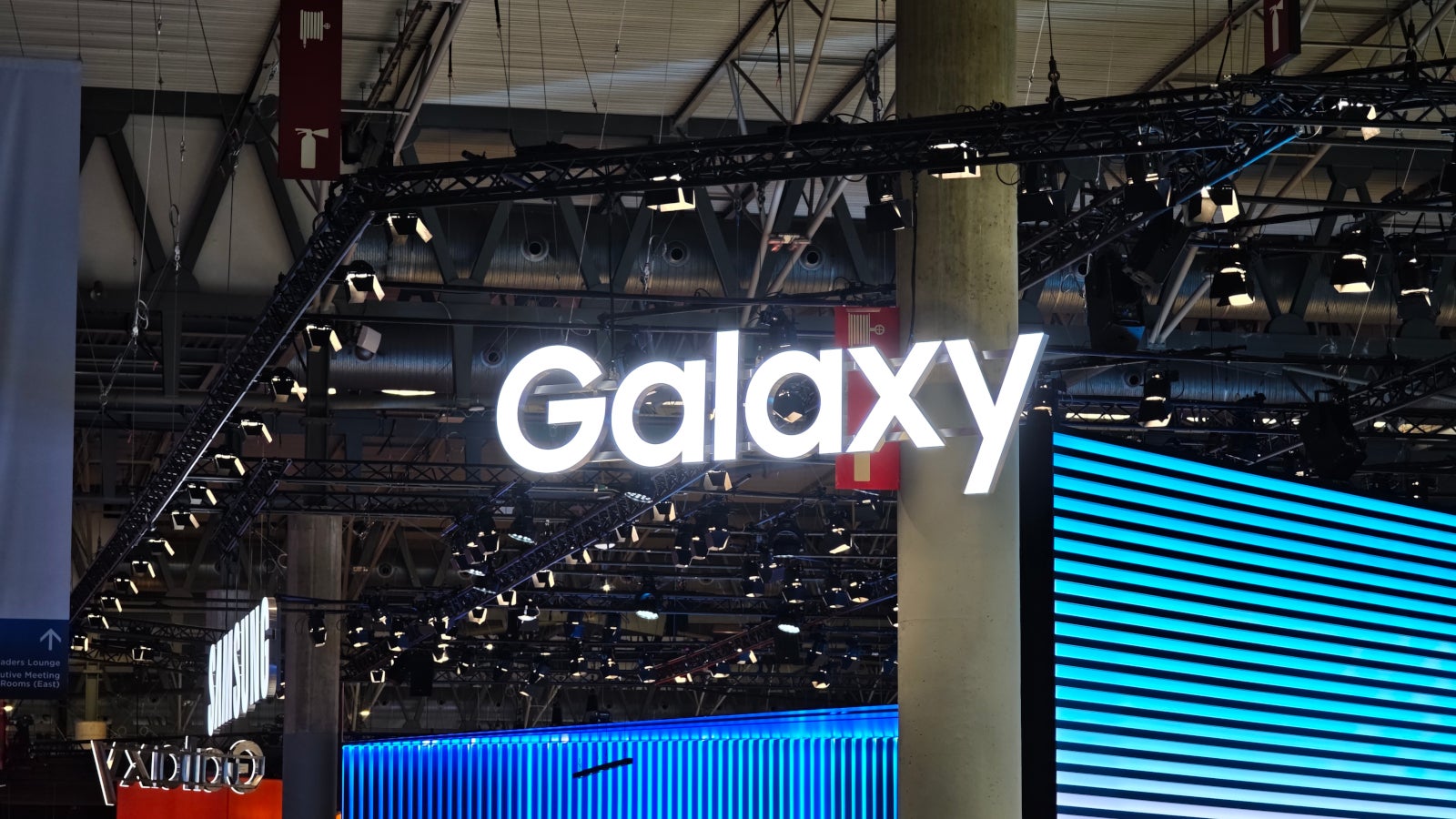
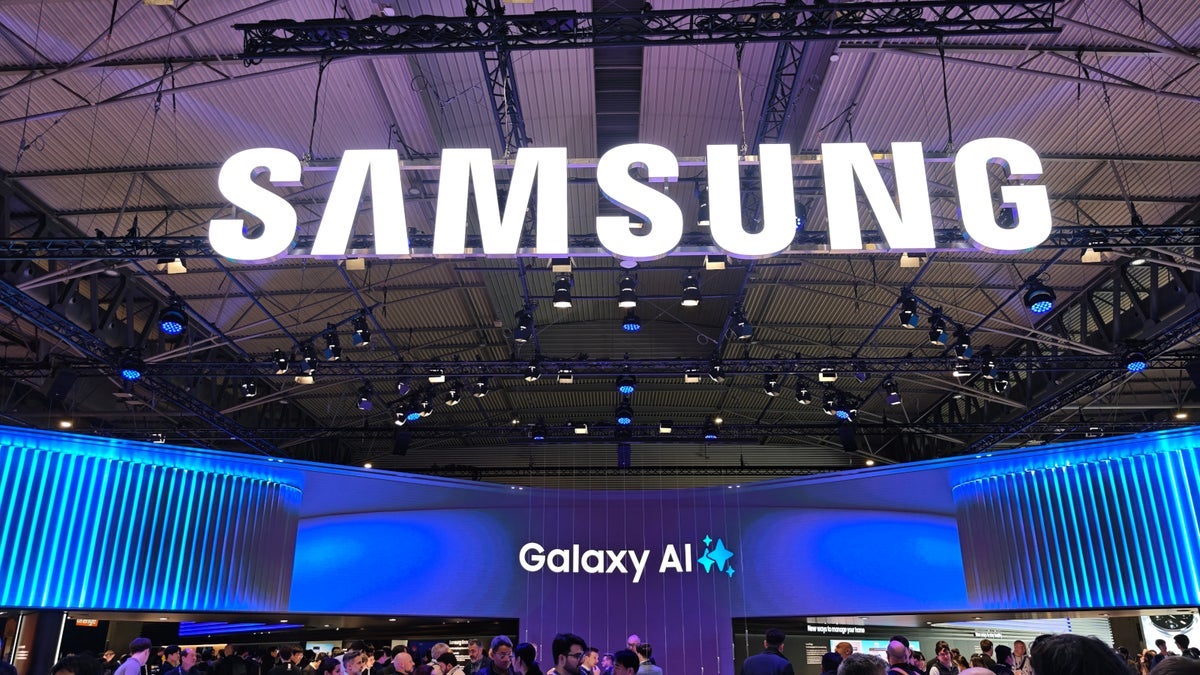
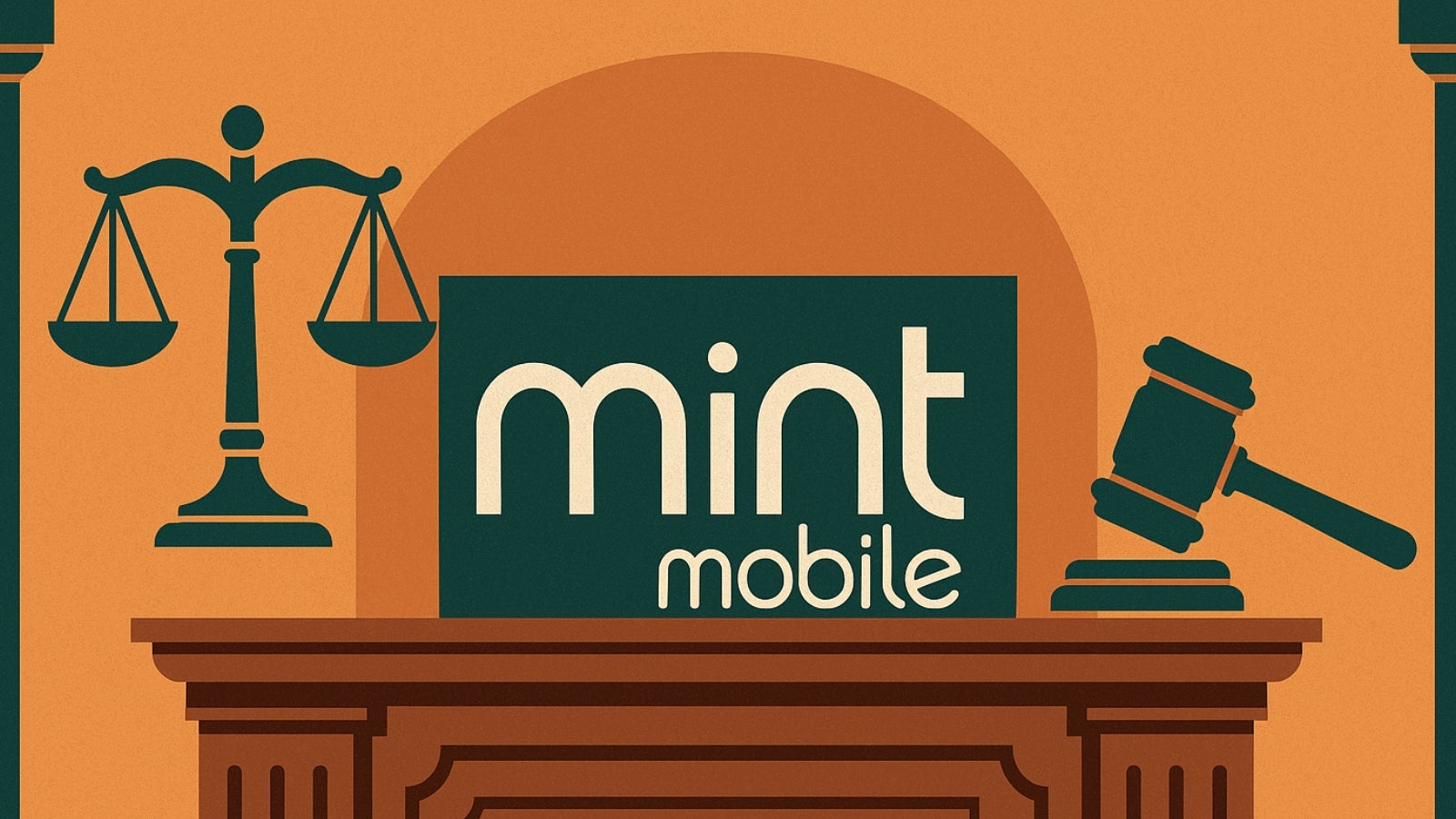
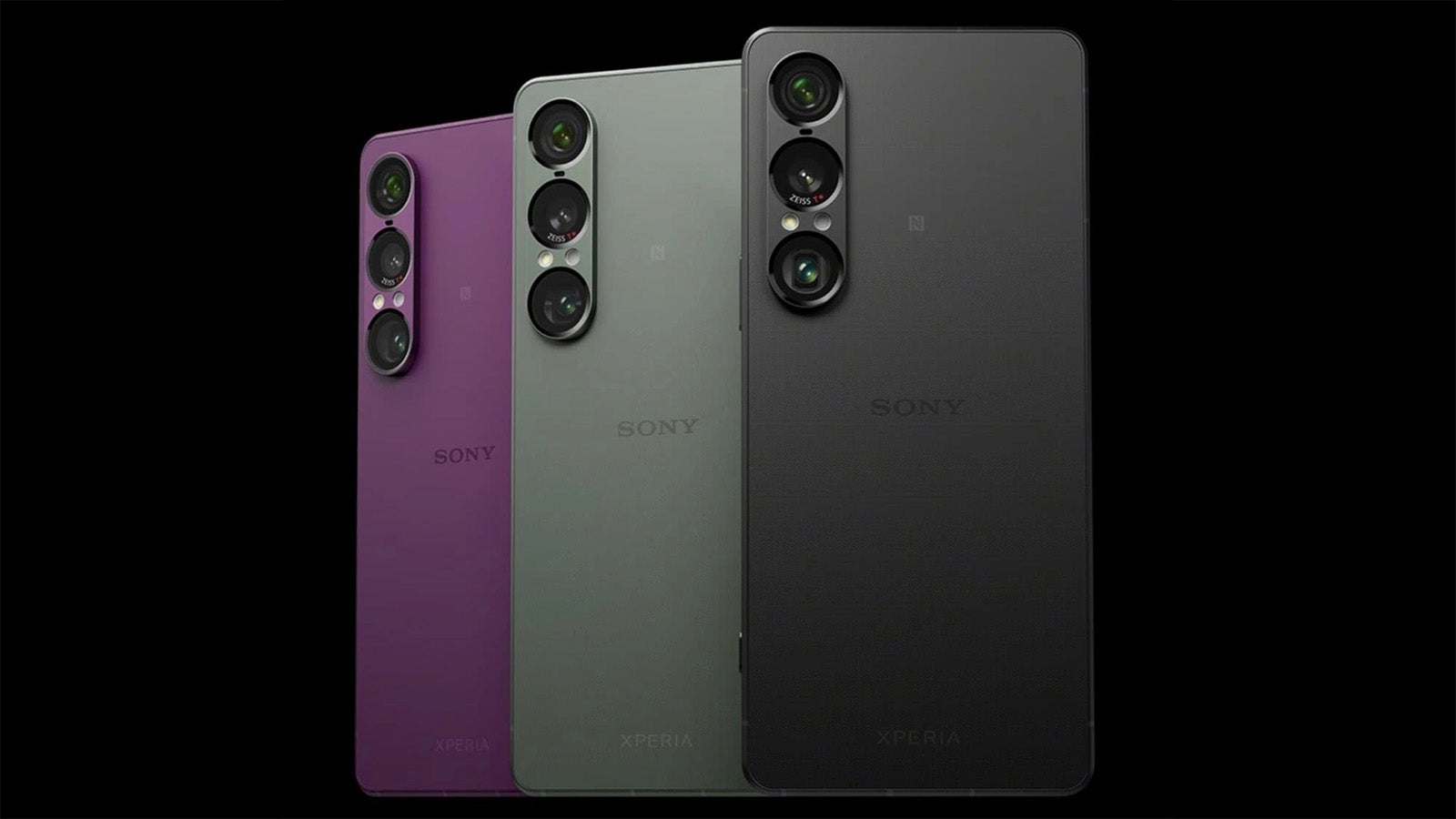






























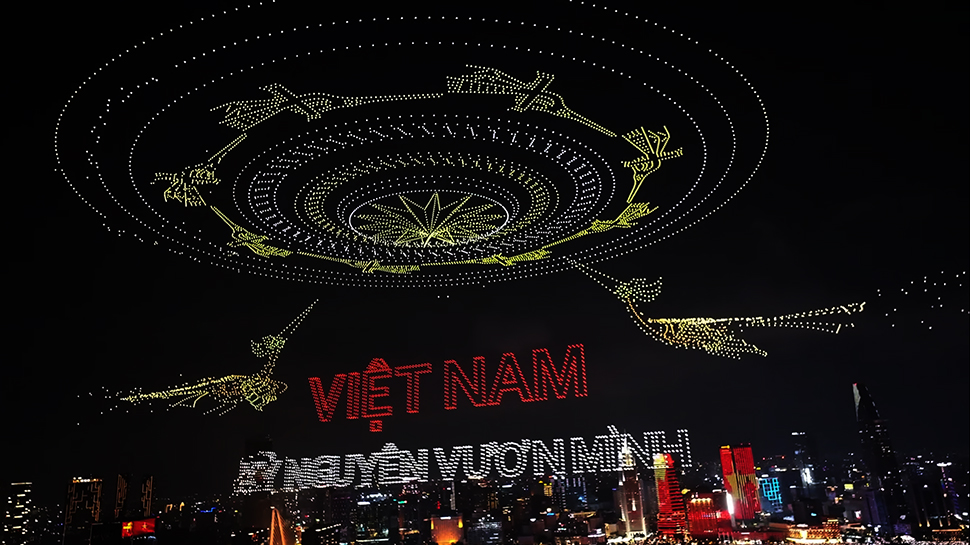
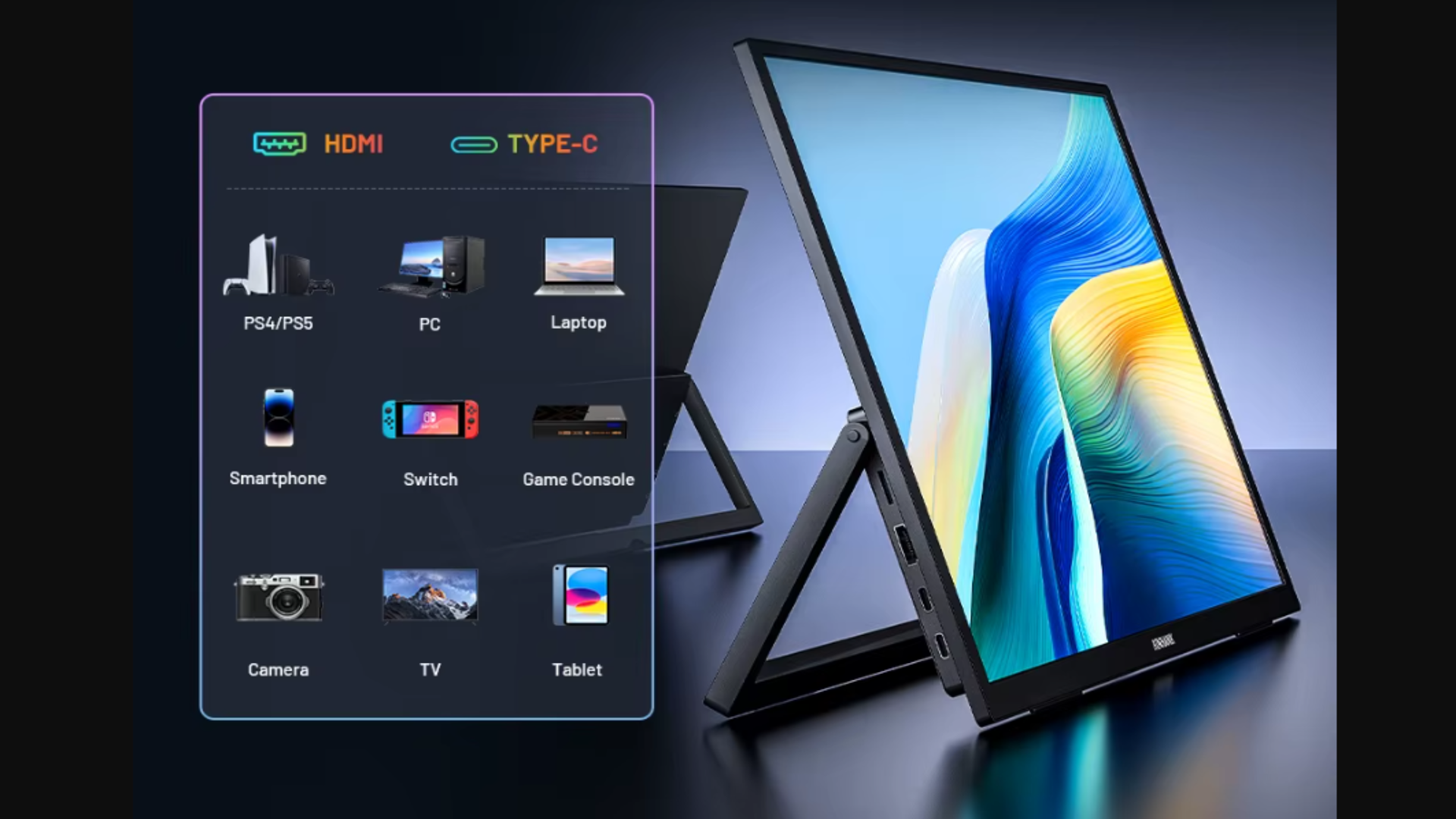


















![iPhone 17 Air Could Get a Boost From TDK's New Silicon Battery Tech [Report]](https://www.iclarified.com/images/news/97344/97344/97344-640.jpg)
![Vision Pro Owners Say They Regret $3,500 Purchase [WSJ]](https://www.iclarified.com/images/news/97347/97347/97347-640.jpg)
![Apple Showcases 'Magnifier on Mac' and 'Music Haptics' Accessibility Features [Video]](https://www.iclarified.com/images/news/97343/97343/97343-640.jpg)
![Sony WH-1000XM6 Unveiled With Smarter Noise Canceling and Studio-Tuned Sound [Video]](https://www.iclarified.com/images/news/97341/97341/97341-640.jpg)


















![Upgrade your CarPlay experience in 2025 with Ottocast NanoAI and Mini Wireless [20% off]](https://i0.wp.com/9to5mac.com/wp-content/uploads/sites/6/2025/05/nano-ai-banner-pc.jpg?resize=1200%2C628&quality=82&strip=all&ssl=1)






















































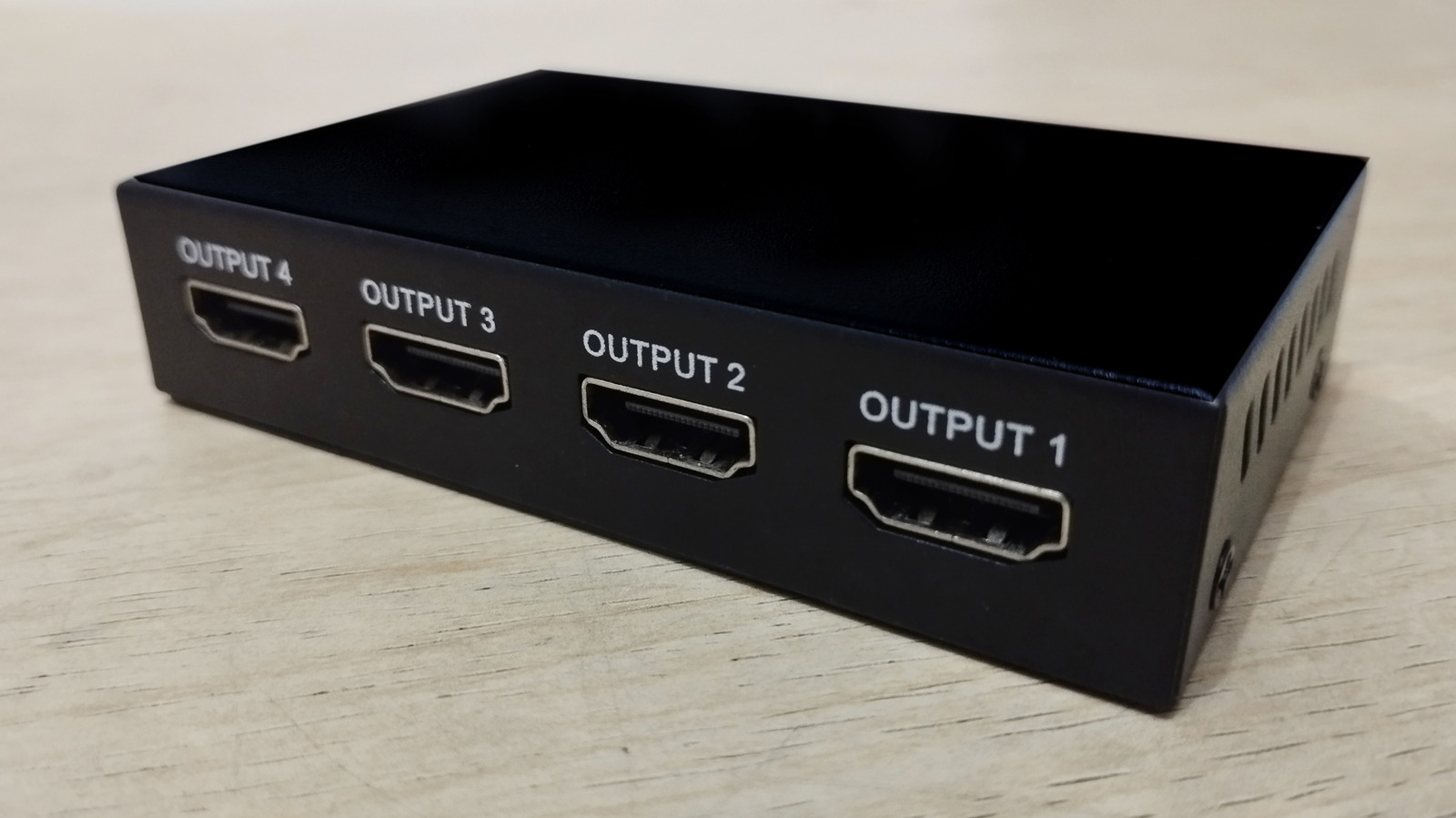
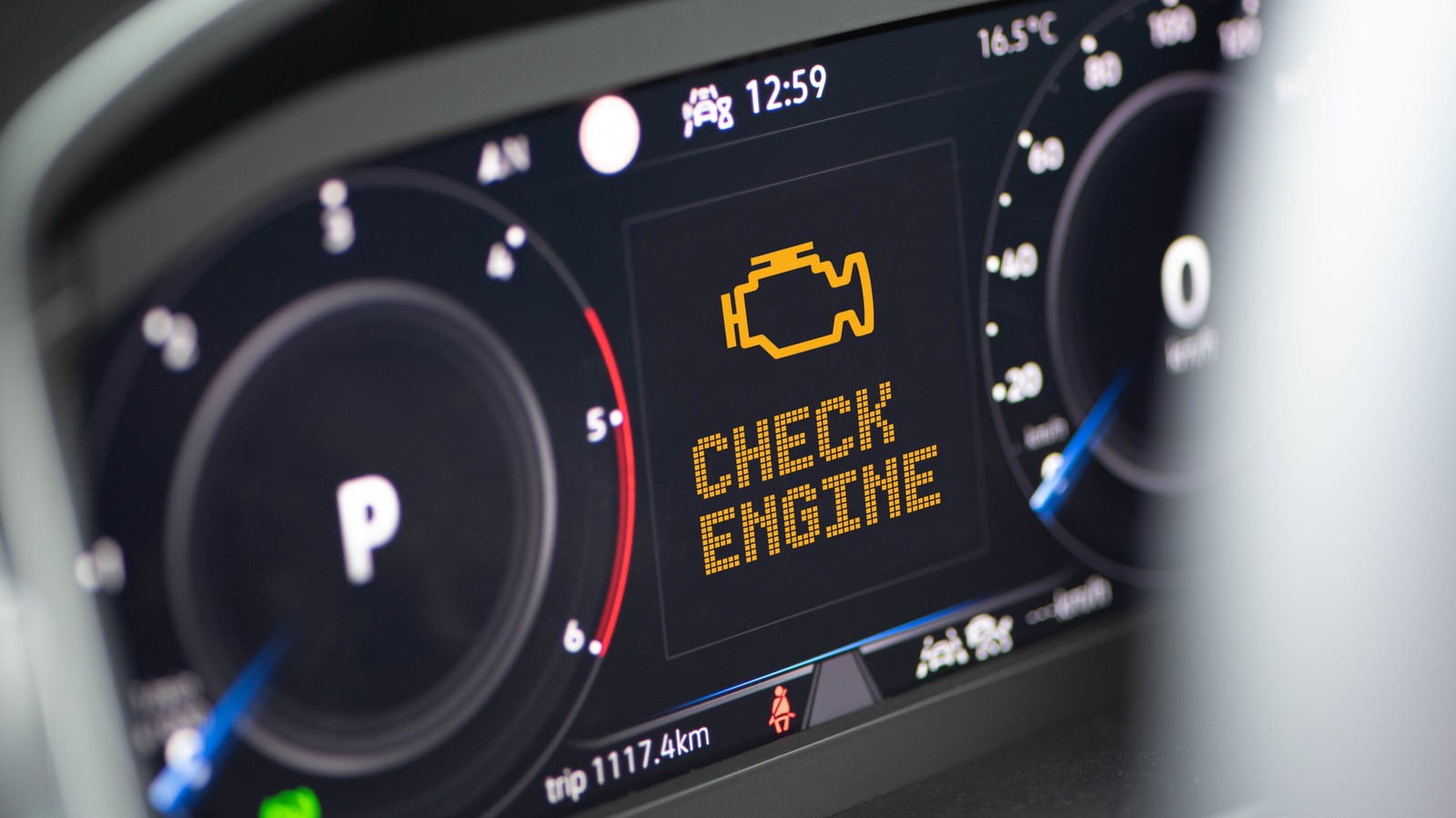


































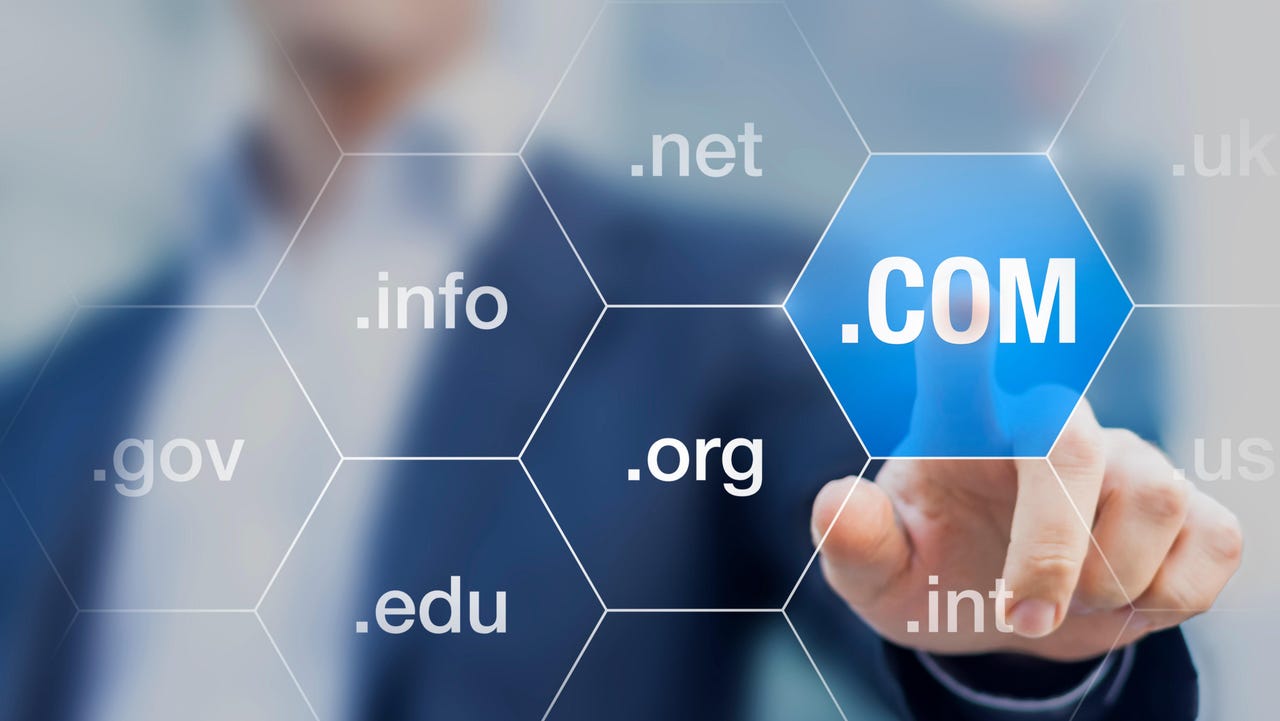
































































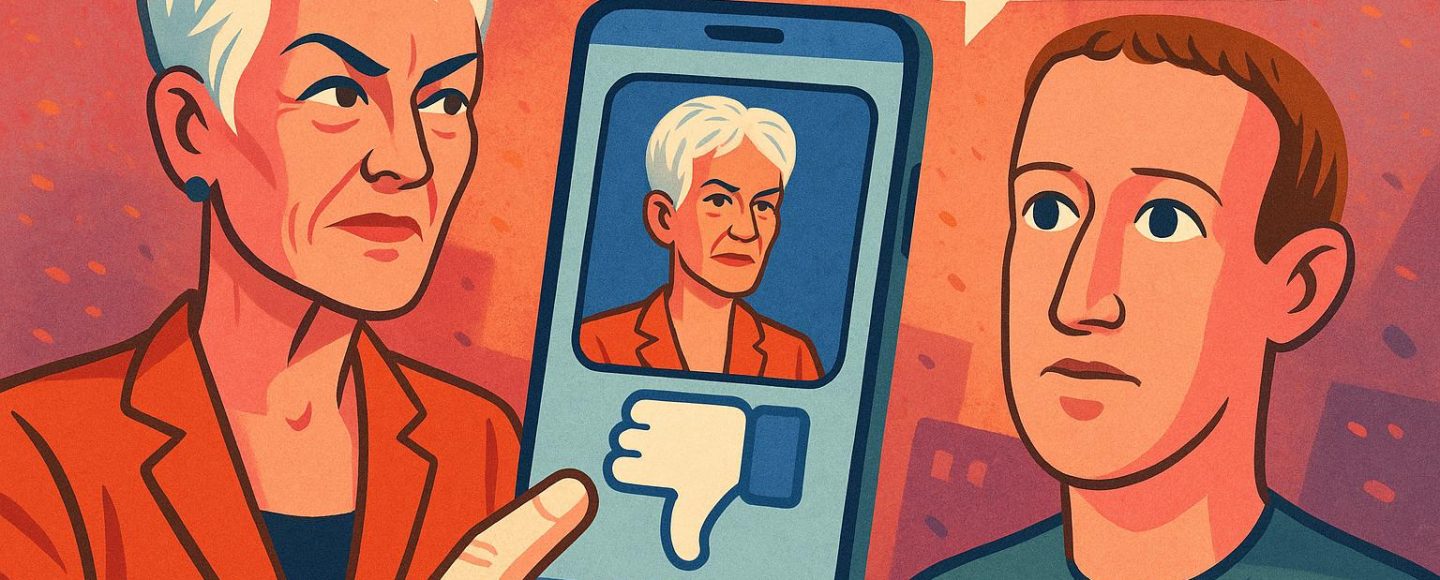
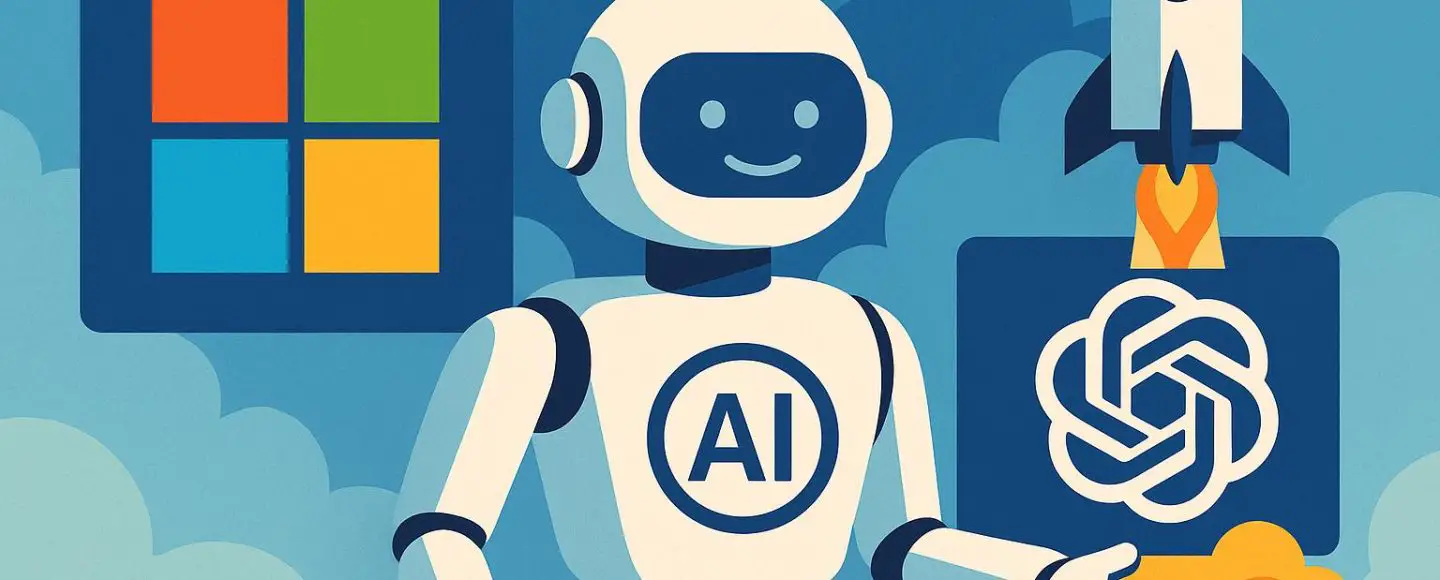
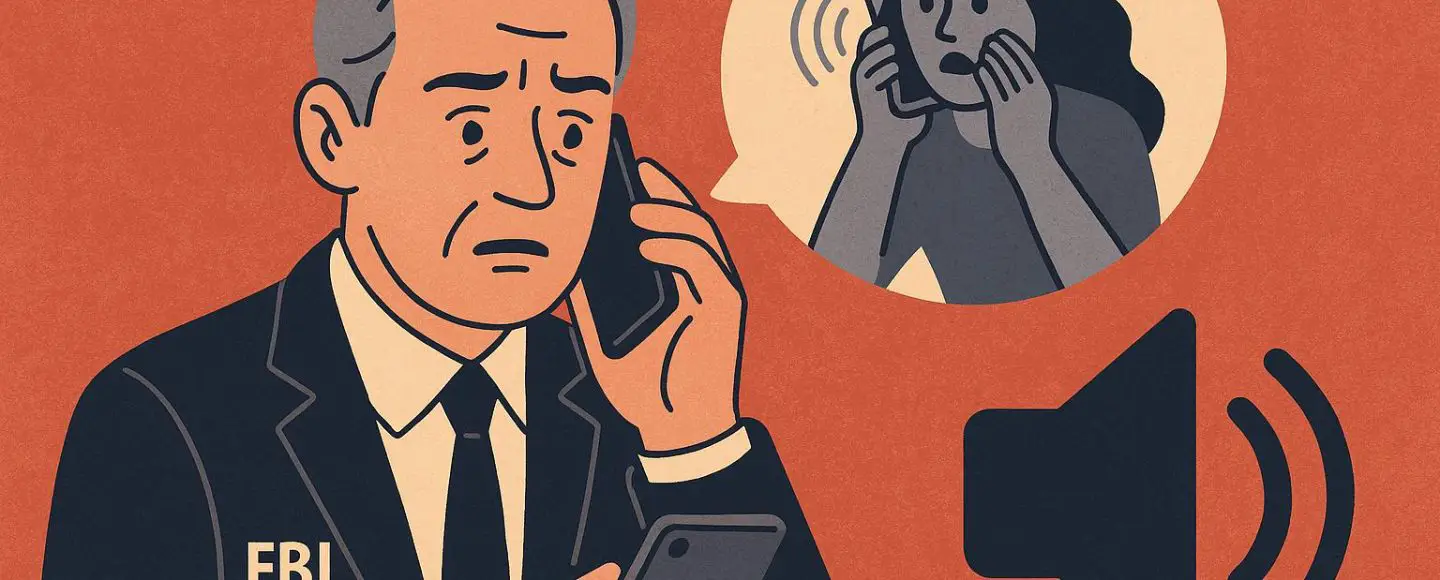




















































![[The AI Show Episode 147]: OpenAI Abandons For-Profit Plan, AI College Cheating Epidemic, Apple Says AI Will Replace Search Engines & HubSpot’s AI-First Scorecard](https://www.marketingaiinstitute.com/hubfs/ep%20147%20cover.png)
























![How to Enable Remote Access on Windows 10 [Allow RDP]](https://bigdataanalyticsnews.com/wp-content/uploads/2025/05/remote-access-windows.jpg)








































































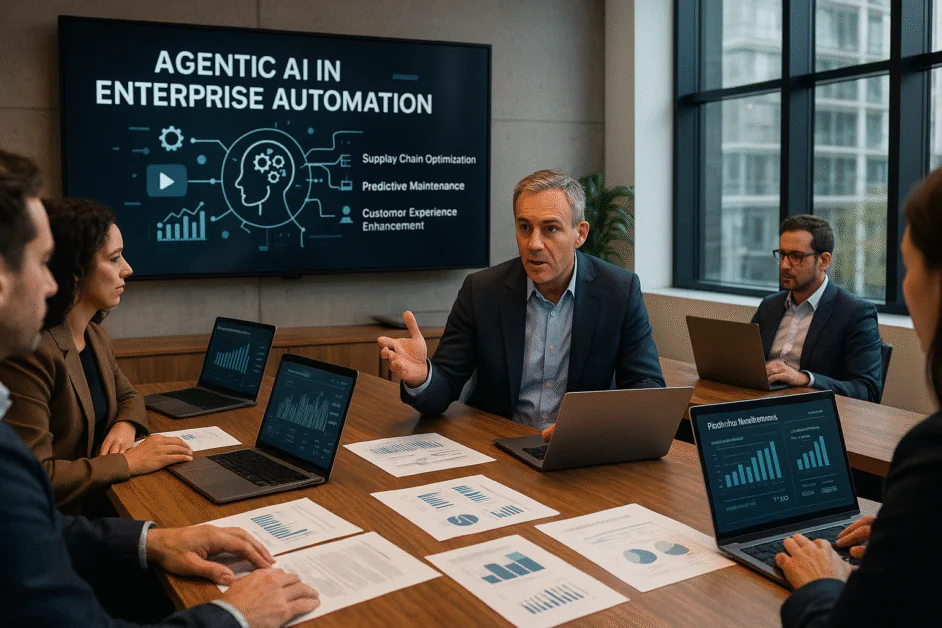













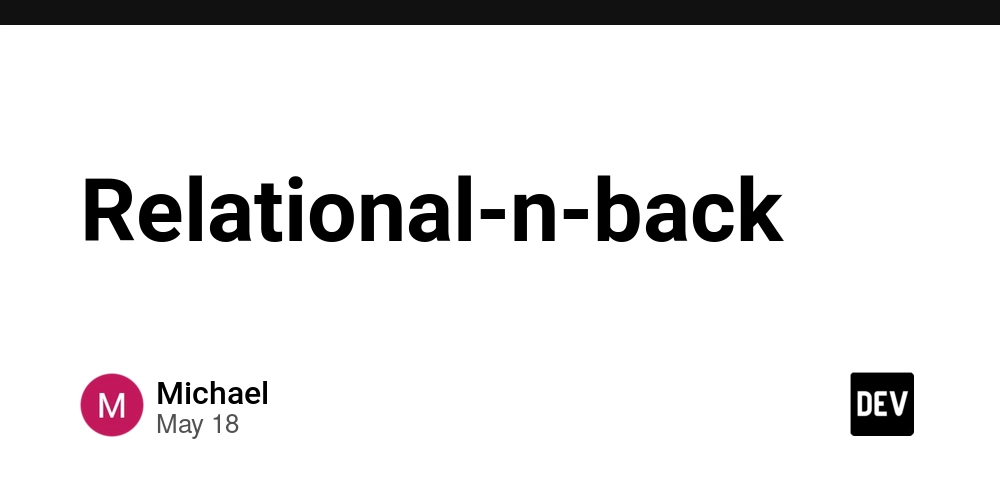










































![How to make Developer Friends When You Don't Live in Silicon Valley, with Iraqi Engineer Code;Life [Podcast #172]](https://cdn.hashnode.com/res/hashnode/image/upload/v1747360508340/f07040cd-3eeb-443c-b4fb-370f6a4a14da.png?#)


![[FREE EBOOKS] Modern Generative AI with ChatGPT and OpenAI Models, Offensive Security Using Python & Four More Best Selling Titles](https://www.javacodegeeks.com/wp-content/uploads/2012/12/jcg-logo.jpg)































































































